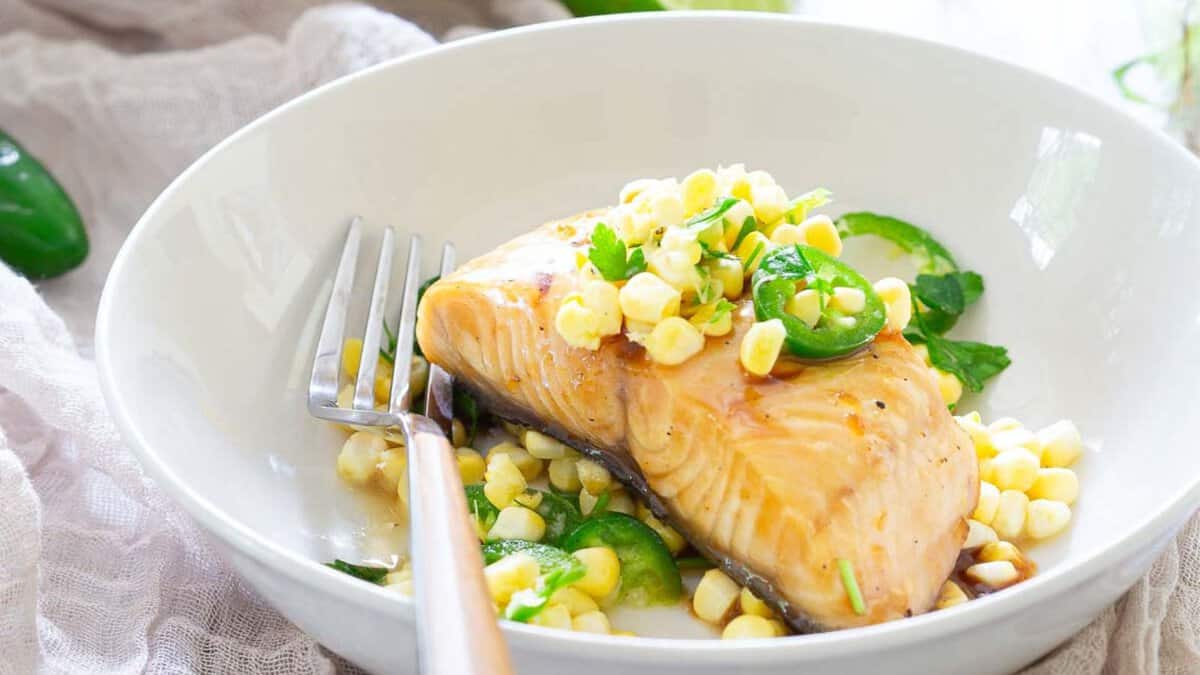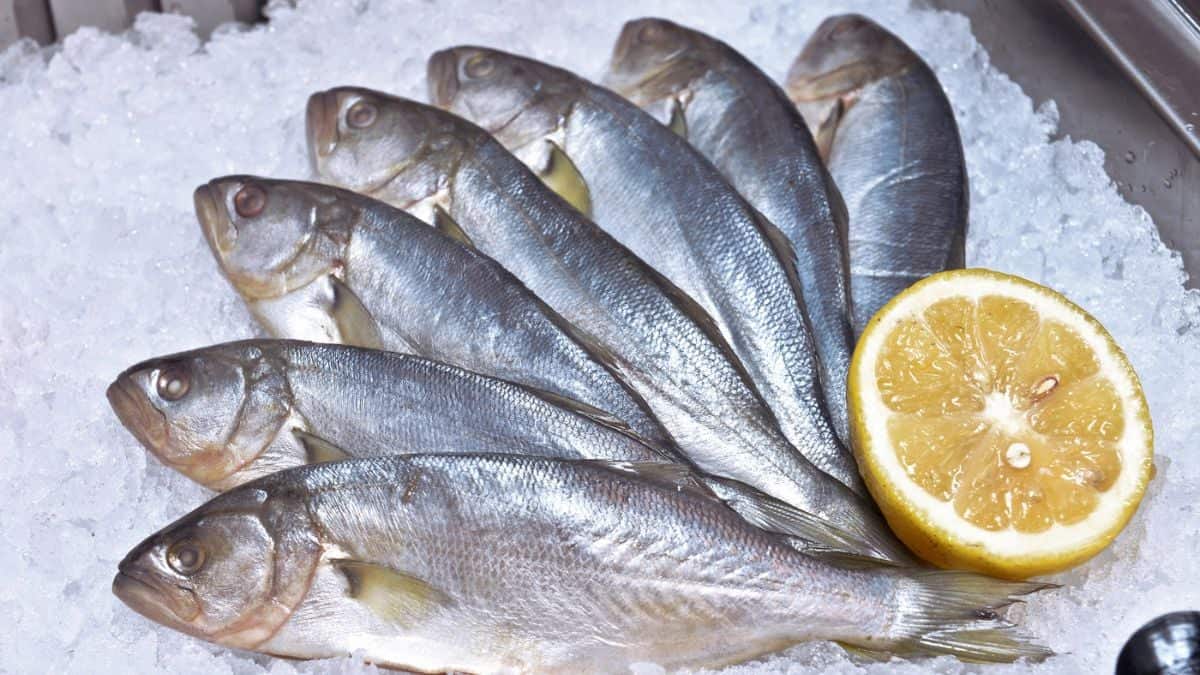Mercury levels in seafood can be a hidden danger that many people overlook. Some popular fish contain high amounts of mercury, posing a risk if consumed too frequently. But there’s good news — safer and equally tasty alternatives are available. Here are the dangerous fish with high mercury levels so you know what to avoid and can find some alternatives to enjoy instead.

King Mackerel

King mackerel, which is a different species from the canned Atlantic mackerel you may normally eat, are large, predatory fish that accumulate mercury due to their long life span and high position in the food chain. Opt for smaller, short-lived species such as Atlantic mackerel, sardines or herring for similar oily richness without the mercury risk.
Swordfish

Swordfish, while a popular steak-like option in any upscale restaurant, are known for their high mercury levels because they are large, predatory fish that eat a lot of smaller fish, accumulating mercury over time. For a similar texture but with lower mercury, try mahi-mahi or salmon.
Shark

Shark is much less common in most people’s diets but beware that they’re also high on the list of mercury due to their diet of other fish and their long lifespans. A safer alternative with a firm texture is wild-caught Pacific halibut.
Tilefish

Tilefish from the Gulf of Mexico are bottom-dwelling fish living at the edge of the continental shelfare. According to the FDA, they contain an average of 1 part per million high in mercury because they live longer and eat smaller, mercury-containing fish. Swap tilefish for tilapia or catfish for a mild, sweet flavor with less environmental impact.
Tuna

Certain tuna species, like bigeye and bluefin, are high in mercury due to their size, diet, and longevity. Light canned tuna (skipjack) or wild-caught Alaskan salmon are better options for lower mercury content.
Orange Roughy

Orange Roughy is prized for its mild flavor and firm texture, suitable for various cooking methods. Its popularity, however, is shadowed by high mercury levels due to its long lifespan (up to 150 years) and diet. For a similar culinary experience without the mercury concern, consider U.S. farmed trout or Arctic char as sustainable and safer options. These alternatives provide comparable flavor and versatility in recipes.
Marlin

Marlin is a highly sought-after game fish known for its impressive size and the challenge it presents to anglers. Its rich, slightly sweet meat makes it a favorite for grilling and sashimi. However, marlins’ high mercury content (about .5 PPM), a result of their predatory lifestyle and position at the top of the food chain, raises health concerns. For those seeking similar taste and texture, striped bass or U.S. farmed barramundi are excellent, lower-mercury alternatives.
Bluefish

Bluefish are known for their strong, rich flavor and oily meat, making them a favorite among those who appreciate bolder tasting fish. However, their place high in the marine food web means they can have significant mercury levels. Sardines or mackerel, with their similarly robust flavors but
Sablefish

Sablefish, or black cod, is revered for its buttery, rich flavor and velvety texture, often featured in fine dining establishments, particularly famous for its use in miso-glazing techniques. While it’s lower in mercury compared to the other fish mentioned, it can still pose a risk when consumed in large amounts. Atlantic mackerel or Pacific cod are healthier alternatives that offer a comparable depth of flavor and richness without the high mercury levels.
Grouper

Grouper is celebrated for its moist, mild-flavored meat, which is versatile enough for a range of dishes. If you’ve ever been to Florida, you’ll find Grouper on almost restuarant menu whether fried, steamed or stuffed in a taco. This fish’s tendency to accumulate mercury comes from its diet of smaller fish. As a safer choice, Pacific halibut or U.S. farmed catfish offer a similar flaky texture and mild taste, making them great substitutes for grouper in any recipe.
12 Foods Containing The Most Pesticides That You Should Buy Organic

It turns out that the crunch of an apple or the sweetness of strawberries might come with an unwanted extra: pesticides. These chemicals, aimed at keeping pests and diseases at bay, tend to linger more on some fruits and veggies than others. Every year, the Environmental Working Group (EWG) lists the “dirtiest,” most heavily sprayed foods. Here’s what to avoid this year or choose their organic counterparts.
Read it Here: 12 Foods Containing The Most Pesticides That You Should Buy Organic
12 Reasons Why You Should Avoid Farmed Fish

Farmed fish might seem like a convenient and sustainable option, but there are some serious downsides to consider. From hidden contaminants to environmental havoc, these fish can pose risks to your health and the planet. Before you make your next seafood choice, learn why farmed fish might not be the best catch for you. Here’s what you need to know about what’s really going on beneath the surface.
Read it Here: 12 Reasons Why You Should Avoid Farmed Fish
Select images provided by Depositphotos.
Gina Matsoukas is an AP syndicated writer. She is the founder, photographer and recipe developer of Running to the Kitchen — a food website focused on providing healthy, wholesome recipes using fresh and seasonal ingredients. Her work has been featured in numerous media outlets both digital and print, including MSN, Huffington post, Buzzfeed, Women’s Health and Food Network.












